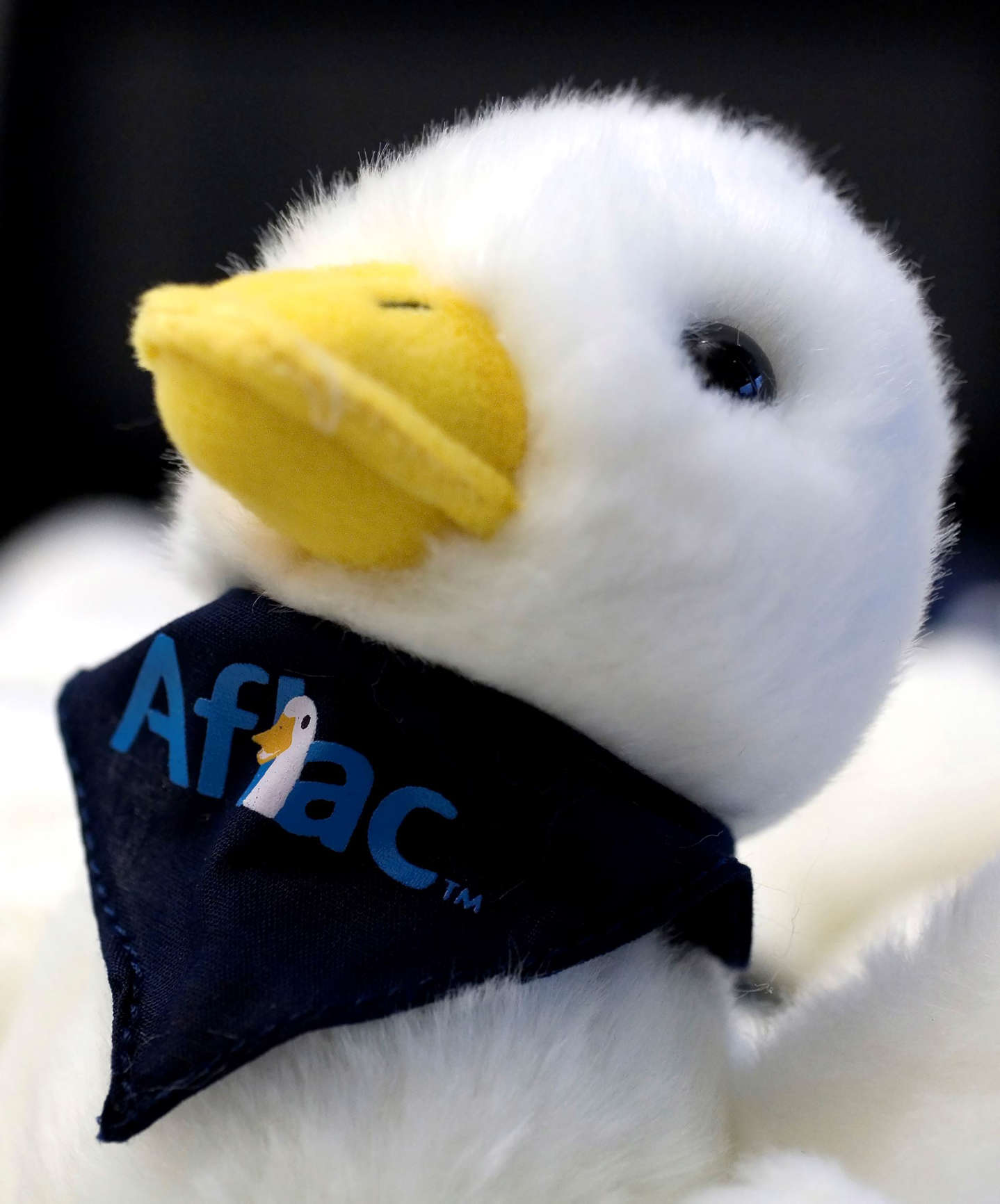The Aflac duck is 20 years old: Here's how he's changed the insurance world
Paul R. La Monica

© Aflac/YouTube
Insurance is boring. You have it because you need it, not because you want it. So it's amazing to think that insurance ads are among the most amusing on TV. And the Aflac duck, who's been quacking the company's name for 20 years, is a big reason why.
The first Aflac duck commercial aired on January 1, 2000. Geico's gecko debuted a few months before the start of the Aflac ad campaign. The pair have since helped turn insurance commercials into 30-second comedic interludes.
If not for the duck and gecko, there may not be a Flo from Progressive, AllState's Mayhem guy, the Liberty Mutual emu and Doug, or Super Bowl winning quarterbacks Peyton Manning, Aaron Rodgers and Patrick Mahomes doing lighthearted ads for Nationwide and State Farm.
Aflac CEO Dan Amos, who's been the head of the company since 1990, told CNN Business he's pleasantly surprised by just how much the duck resonates with consumers. The brand awareness that the ad created is a big reason for the company's success today, he said.
"Within three years of the first ad, our sales in the US doubled and our name recognition went from under 10% to around 90%," Amos said. "We now get texts, emails and calls from people wanting to wear merchandise with the duck on it. We've arrived."
Aflac, which reported its fourth quarter and full year results after the closing bell Tuesday, posted annual revenue of more than $22 billion. The stock has soared 325% in the past 20 years, compared to a 124% gain for the S&P 500.
Amos said the duck was the brainchild of the old ad agency Kaplan Thaler, which is now owned by Publicis. (Aflac has since switched marketing firms.)
Using humor to cut through the clutter of boring insurance ads
At the time, the goal was to try and simply raise awareness of the Aflac name. Amos said many at the company were skeptical about the duck and using humor to sell insurance to cover accidents and illness. Most insurance ads were dead serious. Think about Prudential and its iconic Rock of Gibraltar commercials.
"We knew we were making fun of our name and we were not sure how that would turn out. Nobody was doing humor in financial services ads to a great degree," Amos said. "There was a dead look on everyone's faces when we first showed it. But everyone gets it now."
The duck is such a marketing icon now that it has endured even after Aflac decided to fire its celebrity voice, comedian Gilbert Gottfried, in 2011 after Gottfried wrote a series of insensitive tweets about the March 2011 earthquake and tsunami in Japan that killed more than 15,000 people.
Aflac generates about three quarters of its revenue from Japan, and Amos said that after he first heard about Gottfried's tweets from a reporter, the decision to cut ties with Gottfried was made within minutes.
"We have vowed to never bring him back," Amos said.
Aflac then ran a nationwide search for a new voice, auditioning more than 12,000 people in six cities. The company ultimately decided to hire Minnesota radio station sales manager Daniel McKeague, and he's been quacking "Af-LAC!" ever since.
The duck has even gone high tech to help sick kids. Amos said that the company has already raised more than $145 million for pediatric cancer charities since the start of the ad campaign from the sale of stuffed plush Aflac ducks.
And it now has an interactive robot version of the toy duck that gets donated to children diagnosed with cancer. It's won best in show awards at both the influential Consumer Electronics Show in Las Vegas as well as at South by Southwest.
Amos said he's proud of the recognition for the toy -- and he's thrilled that the duck continues to be a Madison Avenue marketing hit twenty years after its first TV spot. Amos added that there are no plans for the duck to retire anytime soon.
"We were a good company before, but the duck catapulted us into a different category. We have brand recognition like Coke and Nike," he said. "I never really dreamed I would bet my whole career on a duck, but that's the way it turned out."

© Mark Lennihan / AP






 © Photograph by Antoine Morin
© Photograph by Antoine Morin












 © Gabriella N. Baez for The New York Times Jeffrey Epstein started Southern Trust to develop sophisticated algorithms to mine DNA and financial databases.
© Gabriella N. Baez for The New York Times Jeffrey Epstein started Southern Trust to develop sophisticated algorithms to mine DNA and financial databases. © Joe Schildhorn/Patrick McMullan, via Getty Images The real estate tycoon Andrew Farkas, left, in 2007 with John de Jongh, the Virgin Islands governor at the time.
© Joe Schildhorn/Patrick McMullan, via Getty Images The real estate tycoon Andrew Farkas, left, in 2007 with John de Jongh, the Virgin Islands governor at the time.





